Search the Special Collections and Archives Portal
Search Results
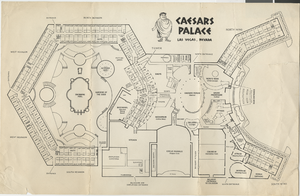
Map of Caesars Palace buildings, circa 1969
Date
Archival Collection
Description
Labeled map of the original buildings of Caesars Palace resort, hotel, and casino.
Image
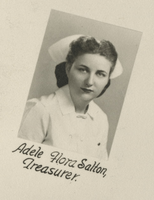
Photograph of Adele Flora Salton from the Sinai Hospital School of Nursing, Baltimore, Maryland, 1947
Date
Archival Collection
Description
Photograph of Adele Salton (Baratz) from nursing school class portrait.
Image
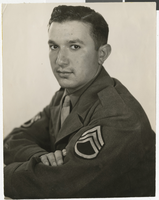
Photographic portrait of Henry Schuster, 1946
Date
Archival Collection
Description
Bust-length portrait of Henry Schuster in military uniform.
Image
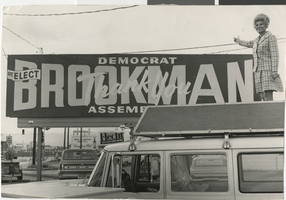
Photograph of Eileen Brookman, circa 1965
Date
Archival Collection
Description
Eileen Brookman stands atop a vehicle pointing at a billboard advertising her re-election to the State Assembly.
Image
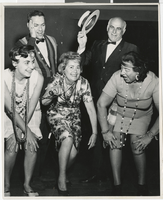
Photograph of the B'nai B'rith Roarin' 20s Ball, 1965
Date
Archival Collection
Description
Black and white photograph of a group enjoying the B'nai B'rith Roarin' Twenties ball. Harry C. Levy is the man at right holding a straw hat.
Image
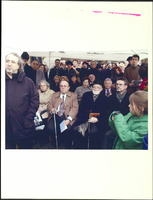
Photograph of Henry and Anita Schuster at unidentified event, circa 2000
Date
Archival Collection
Description
Anita and Henry Schuster (beige coats) are seated with others at an event.
Image
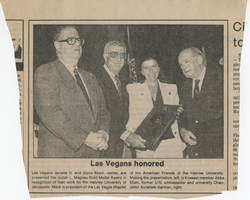
Newspaper clipping, Las Vegans honored, publication and date unknown
Date
Archival Collection
Description
The clipping shows Jerry and Joyce Mack receiving the Judah L. Magnes Gold Award for their work with the Hebrew University of Jerusalem. Also pictured: Abba Eban (left) and Avraham Harman (right).
Text
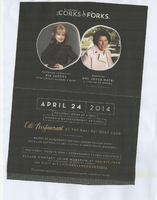
Invitation to the 5th annual Corks & Forks event, honoring Joyce Mack, April 24, 2014
Date
Archival Collection
Description
This event honored Joyce Mack for her lifetime of service and benefitted Planned Parenthood programs in Southern Nevada.
Text

Photograph of a banquet with members of the Jewish community, 1950s
Date
Archival Collection
Description
Black and white photograph of men and women at a banquet.
Image
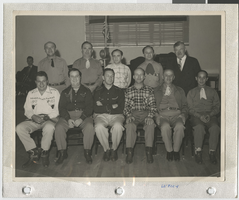
Photograph of men dressed in western wear, 1950s
Date
Archival Collection
Description
Standing, back row, L-R: Louis Mack, William "Bill" Mendelson, Moe Sedway, Les Goldring, Nate Mack; Seated, front row, L-R: Dick Saxe, Lester Goldring, Al Schulman, Ira Goldring, unknown, Mike Gordon
Image
